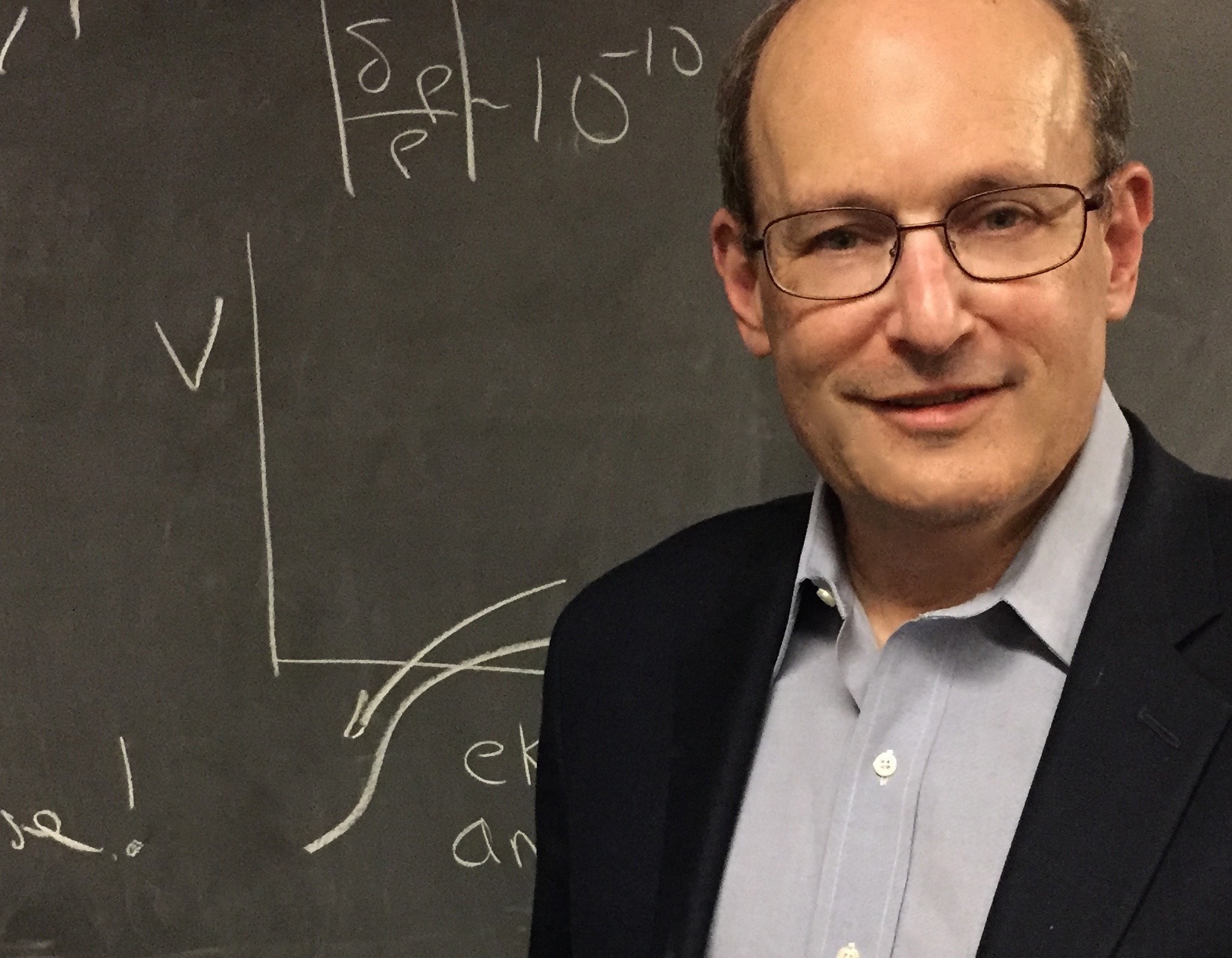Paul Steinhardt
 Paul Joseph Steinhardt (born December 25, 1952) is an American theoretical physicist whose principal research is in cosmology and condensed matter physics. He is currently the Albert Einstein Professor in Science at Princeton University, where he is on the faculty of both the Departments of Physics and of Astrophysical Sciences.
Paul Joseph Steinhardt (born December 25, 1952) is an American theoretical physicist whose principal research is in cosmology and condensed matter physics. He is currently the Albert Einstein Professor in Science at Princeton University, where he is on the faculty of both the Departments of Physics and of Astrophysical Sciences.Steinhardt is best known for his development of new theories of the origin, evolution and future of the universe. He is also well known for his exploration of a new form of matter, known as quasicrystals, which were thought to exist only as man-made materials until he co-discovered the first known natural quasicrystal in a museum sample. He subsequently led a separate team that followed up that discovery with several more examples of natural quasicrystals recovered from the wilds of the Kamchatka Peninsula in far eastern Russia. Several years later, he and collaborators reported the accidental synthesis of a previously unknown type of quasicrystal in the remnants of the first atomic bomb test on July 16, 1945, at Alamagordo, New Mexico.
He has written two popular books on these topics. ''Endless Universe: Beyond the Big Bang (2007)'', co-authored with Neil Turok, describes the early struggles in challenging the widely accepted big bang theory and the subsequent development of the bouncing or cyclic theories of the universe, which are currently being explored and tested. ''The Second Kind of Impossible: The Extraordinary Quest for a New Form of Matter (2019)'' recounts the story of quasicrystals from his invention of the concept with his then-student Dov Levine, to his expedition to far eastern Russia to recover meteorite fragments containing natural quasicrystal grains formed billions of years ago. Provided by Wikipedia
